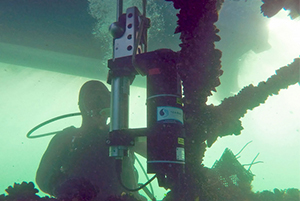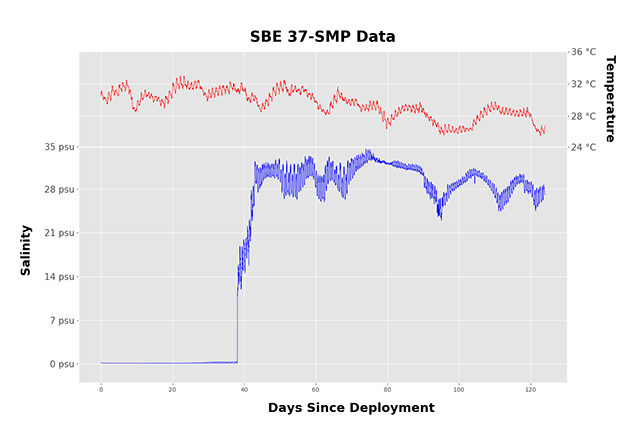October 2019 Newsletter On October 31st, Sea-Bird Scientific presented a hands on technical training at the OCEANS ’19 conference in Seattle, WA. If you could not attend, watch a recording of our live webinar, presented on July 18th 2019, outlining how our latest line...








